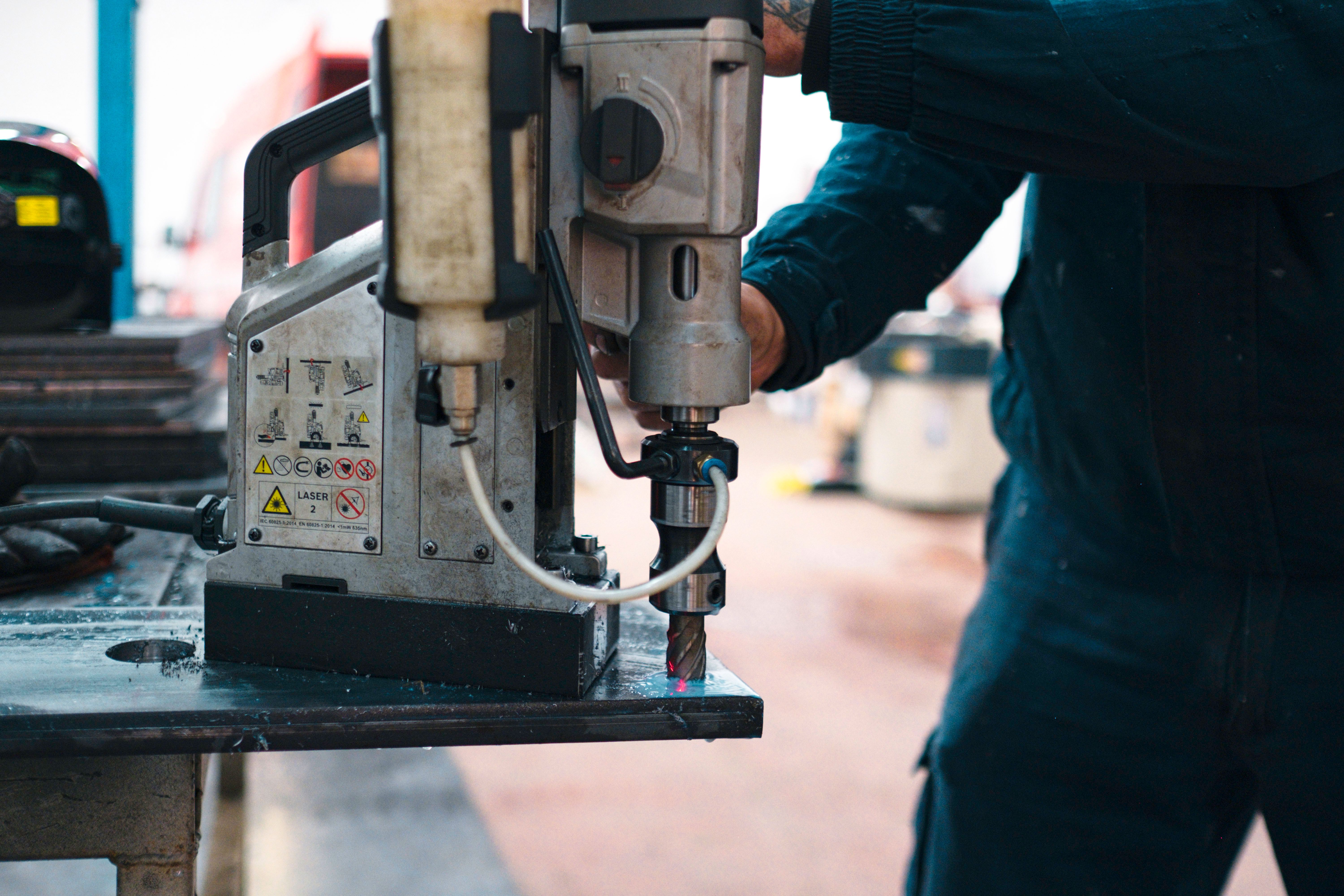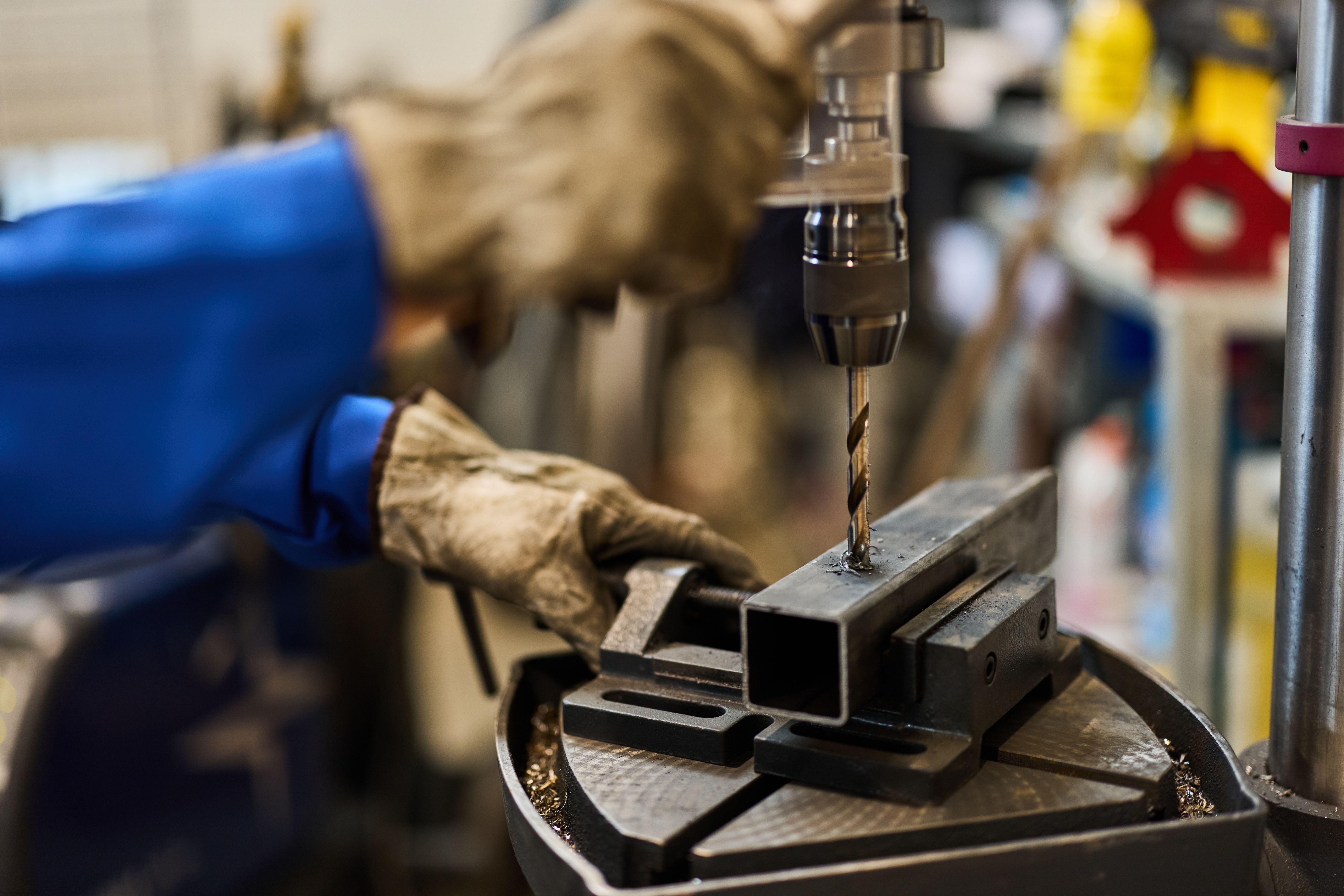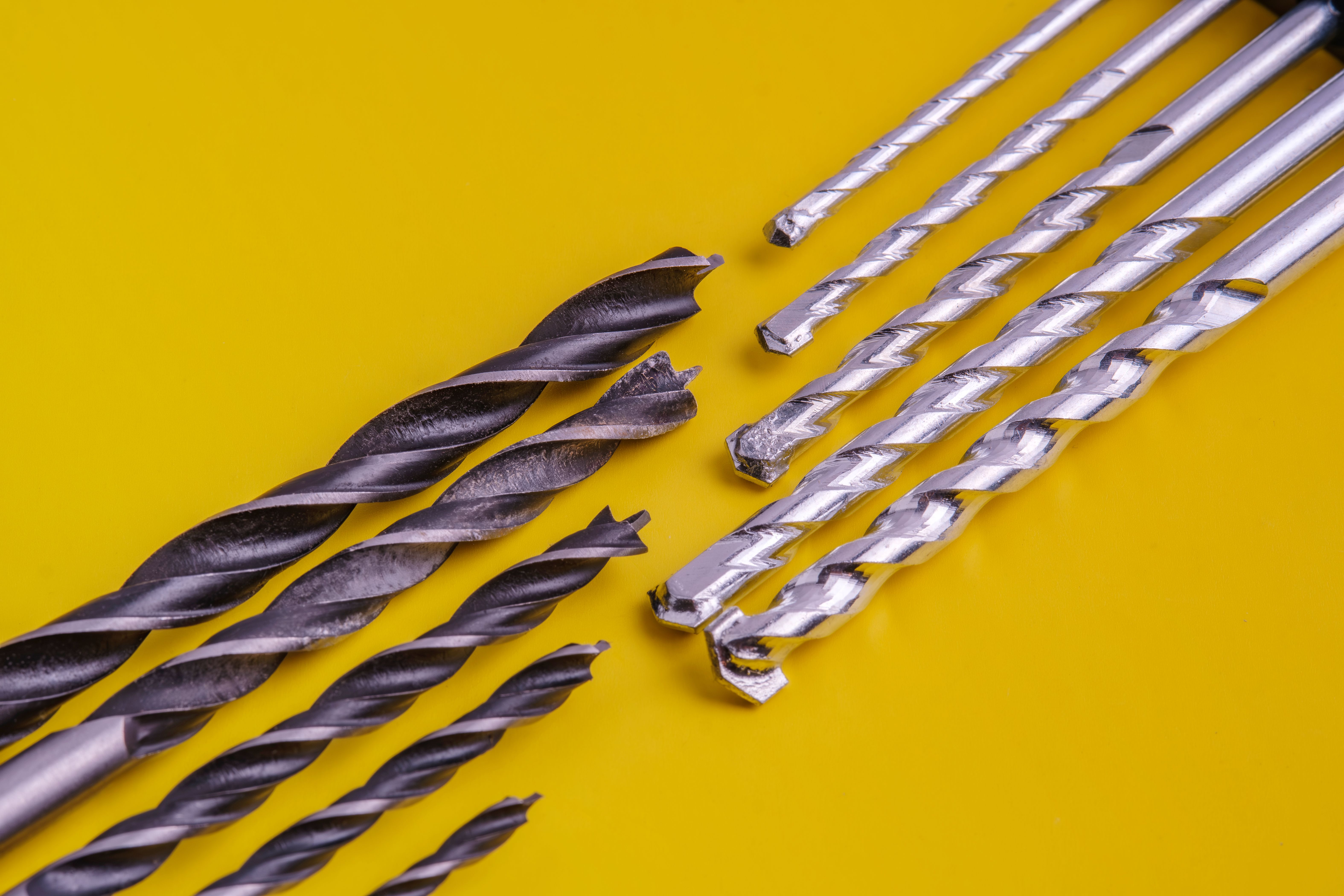Understanding Magnet Drills: A Comprehensive Guide
RR
What is a Magnet Drill?
A magnet drill, also known as a magnetic drill press, is a specialized power tool used for drilling precise holes in metal. Its standout feature is a magnetic base that allows the drill to adhere firmly to metal surfaces, providing stability and accuracy. This tool is invaluable in construction, shipbuilding, and various industrial applications where precision drilling is required.

Key Components of Magnet Drills
Magnet drills are composed of several critical components that contribute to their functionality:
- Magnetic Base: The base secures the drill to metal surfaces, ensuring stability during operation.
- Motor: Powers the drill, providing the necessary force to penetrate tough materials.
- Drill Chuck: Holds the drill bit and ensures it remains aligned during drilling.
- Control Panel: Allows operators to manage speed and other settings for optimal performance.
Types of Magnet Drills
There are several types of magnet drills available, each designed for specific applications and materials. Understanding these types helps in selecting the right tool for your project. The two main categories include:
- Electric Magnet Drills: These are powered by electricity and are suitable for continuous use in industrial settings.
- Pneumatic Magnet Drills: Operated using compressed air, these drills are ideal for environments where electrical sparks could be hazardous.

Benefits of Using Magnet Drills
Magnet drills offer several advantages over traditional drilling methods. One of the primary benefits is their ability to provide precision and stability, which results in cleaner and more accurate holes. Additionally, their portability allows them to be used in various locations, including vertical and overhead positions, where traditional drill presses would be impractical.
Another significant advantage is their efficiency. Magnet drills can significantly reduce the time and effort required to drill through tough materials, making them cost-effective for large-scale projects.
Choosing the Right Magnet Drill
When selecting a magnet drill, consider factors such as the type of material you will be working with, the size of the holes you need to drill, and the environment in which you will be operating. It's also important to assess the power source available, whether electric or pneumatic, to ensure compatibility with your worksite conditions.

Maintenance Tips for Longevity
Proper maintenance of magnet drills can extend their lifespan and ensure they operate efficiently. Regularly check and clean the magnetic base to remove any debris that might affect its grip. Additionally, inspect the drill bits for wear and replace them as needed to maintain optimal performance.
Lubricating moving parts and storing the drill in a dry, safe location can also help prevent rust and damage. By following these maintenance practices, you can ensure your magnet drill remains a reliable tool for years to come.